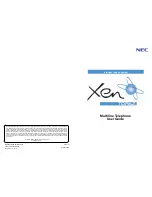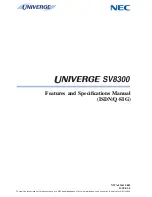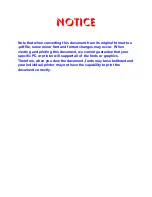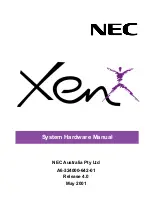
English
2
Base unit indicators
7
Shines with a steady light during
charging and flashes when the
battery is fully charged.
Range
The telephone’s range depends on whether
or not the radio waves carrying the call are
restricted by obstacles in their path, and is
usually between 50 and 300 metres.
Coverage can be improved by turning one’s
head so that the handset is aligned with the
base unit. Sound quality declines as the limit
is reached until the call is finally interrupted.
The
6
symbol is shown when the phone is
within range and flashes when it is out of
range.
The bars beside the
6
symbol indicate signal
strength.
Photo
The base unit is designed to fit a photo of
your choice.
Remove the foto lid by inserting your finger
on the top side recess area. You may use the
lid for cutting the photo to correct size.
Replace the photo lid on top of your photo.
Operation
Making a call
Enter the desired number. Delete if neces-
sary with
Clear
.
Press to call. Press
L
to end.
Note!
To switch between speaker/handset, press
/
. In speaker mode, you cannot both
speak at once – you must take it in turns
to talk.
Receiving a call
Wait for the handset to ring.
Press to answer. Press
L
to end.
Audio Setup
The volume may be adjusted during a call with
{
/
}
.
Redial
Press
r
/
}
and scroll between the 20 most
recently dialled numbers with
{
/
}
. Press .
Mute button
The microphone can be switched on/off
during a call with
Mute/Unmute
.
Temporary Do Not Disturb
When someone calls, you can press
Silent
to
turn off the handset ringer temporarily.
Paging
The handset will ring when
J
(on the base
unit) is pressed. The signal will stop auto-
matically after a while or if the
L
button
on the handset or the
J
button on the base
unit are pressed.
1.
2.
1.
2.
Summary of Contents for Form 40
Page 1: ...Form 40 45r...
Page 2: ...8 9 10 11 12 7 5 3 2 1 6 4...
Page 15: ......
Page 28: ...English French Version 1 0...






































